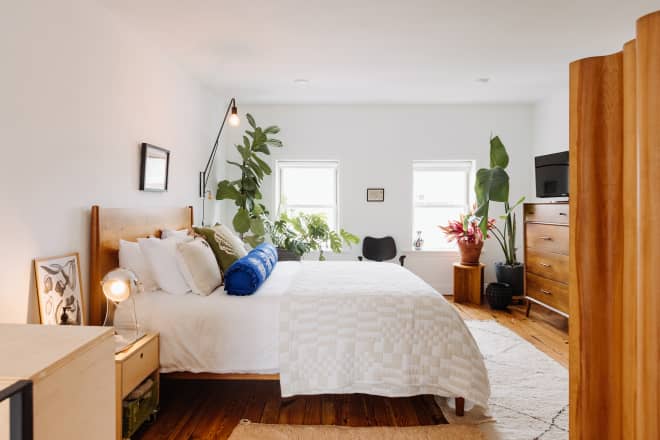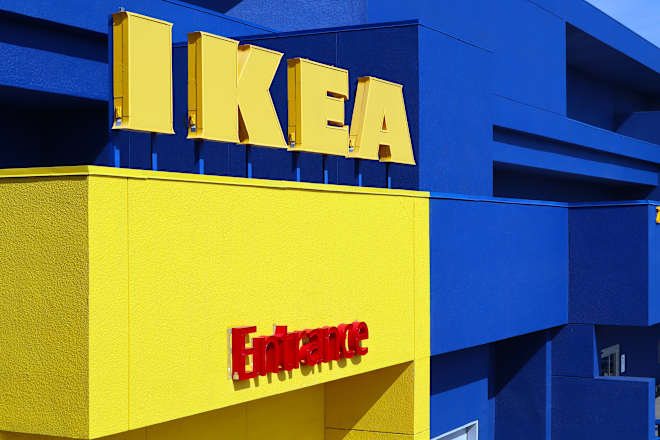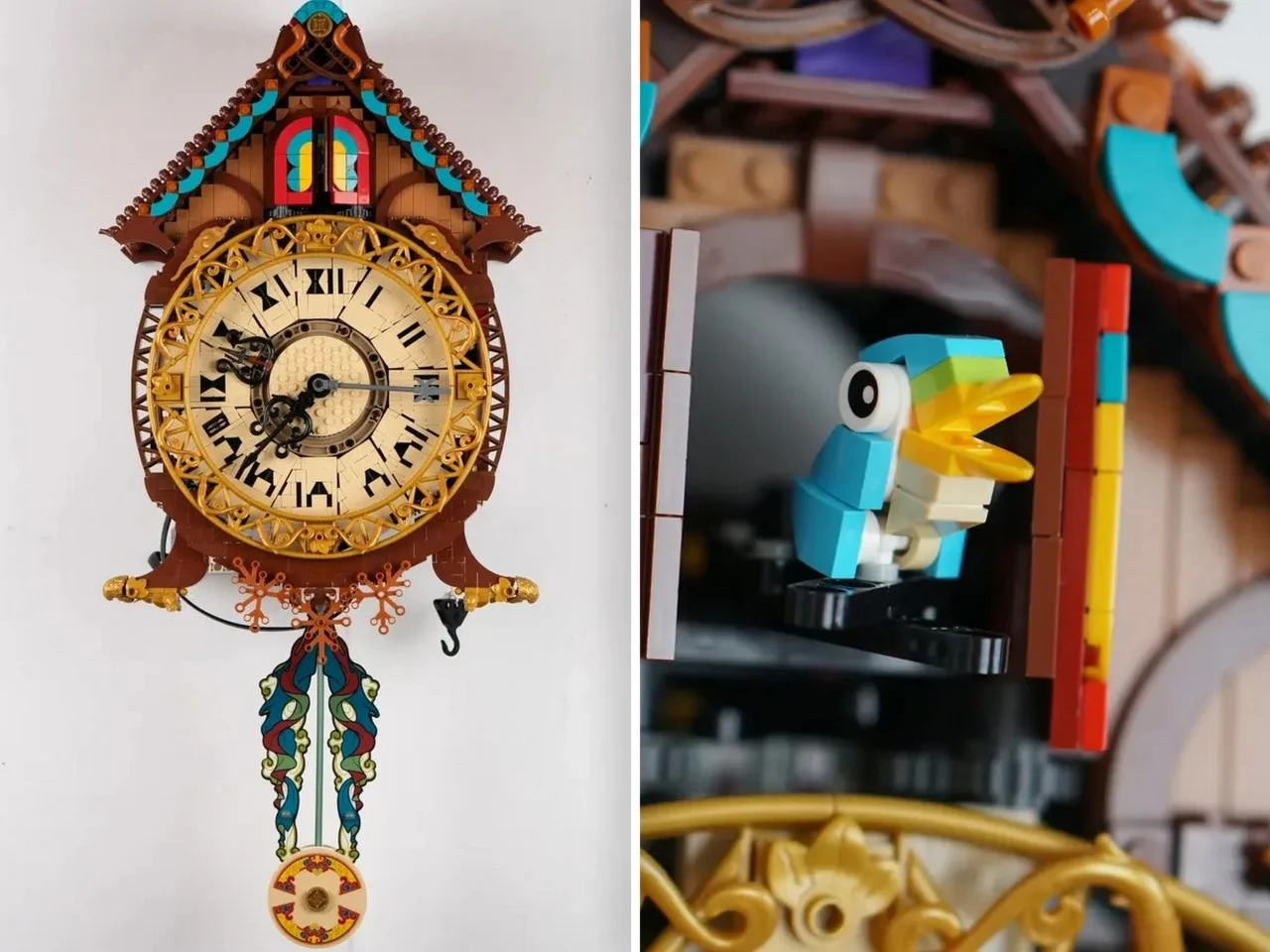Eggnest offers sustainable refuge for butterflies
Eggnest offers sustainable refuge for butterfliesButterflies are probably some of the most beautiful creatures around. We see them used as decoration, for stationery, dresses, and other visual representation. But more...


Butterflies are probably some of the most beautiful creatures around. We see them used as decoration, for stationery, dresses, and other visual representation. But more than just looking aesthetic, they fulfill an important role in nature. They are essential pollinators and bioindicators, reflecting the health of ecosystems. But because of some factors in urban environments like artificial lighting, pollution, and limited green spaces, their habitats and even their natural behaviors are disrupted. There is a 53% global decline in butterfly populations so we need to be concerned or else we’ll eventually lose these beautiful creatures.
Designers: Chaewon Lee, Zay Kim, Jungmin Park


EggNest is an innovative urban habitat aimed at supporting these vital pollinators. It seeks to mitigate the issues butterflies face by providing a dedicated shelter within city landscapes. is constructed from a mixture of crushed eggshells and soil, materials chosen for their natural, biodegradable properties.The rough texture of the eggshells offers butterflies a secure surface to cling to, even in breezy conditions.This design not only repurposes waste but also creates a conducive environment for butterfly habitation. The utilization of advanced 3D-printed molds allows EggNest to take on a precisely engineered curved form. This curvature is not merely aesthetic; it plays a crucial role in passively retaining solar heat, creating a warmer internal environment that butterflies prefer, especially during cooler periods.


The enclosed nature of the curve offers a degree of protection against airborne predators such as birds or larger insects, providing a safer space for butterflies to rest and potentially lay eggs. The modularity of the design is another key advantage, enabling the EggNest units to be stacked vertically, creating multi-tiered butterfly havens, or arranged horizontally across diverse urban terrains like walls, rooftops, or even within existing green spaces. This adaptability ensures that the EggNest can be integrated into a wide variety of cityscapes, regardless of spatial limitations. Thoughtful spacing between individual units is also incorporated into the design. These gaps are essential for promoting natural airflow, preventing stagnant conditions and regulating internal temperature. Furthermore, these spaces are designed to encourage the growth of climbing plants and moss, allowing vegetation to naturally intertwine with the structure. As these plants flourish, they contribute to a self-sustaining micro-ecosystem within and around the EggNest, attracting butterflies with nectar-rich flowers and providing further shelter and camouflage amongst the foliage.


This integrated approach not only directly supports butterfly populations by offering food sources and secure resting spots but also contributes to the overall biodiversity of the urban environment, fostering a more ecologically balanced and vibrant coexistence between human development and the natural world. EggNest represents more than just a visually interesting addition to our cities. It’s a proactive step towards nurturing biodiversity and acknowledging the crucial role even the smallest creatures play in our shared ecosystem. By offering a haven amidst the concrete jungle, EggNest not only aids in the conservation of declining butterfly populations but also fosters a greater appreciation for nature within urban communities. Embracing and implementing such innovative solutions can pave the way for a future where our cities and the natural world can thrive together, ensuring that the delicate beauty of butterflies continues to grace our urban landscapes for generations to come.

The post Eggnest offers sustainable refuge for butterflies first appeared on Yanko Design.






































































![Until Dawn Director David F. Sandberg Had To Convince His Colleagues To Attempt In-Camera Special Effects [Exclusive]](https://www.slashfilm.com/img/gallery/until-dawn-director-david-f-sandberg-had-to-convince-his-colleagues-to-attempt-in-camera-special-effects-exclusive/l-intro-1745417437.jpg?#)





















































































































![Last Chance Before Southwest Ends Open Seating: 90s Legend Kato Kaelin’s Barf Bag Hack Scores Empty Middle Seat [Roundup]](https://viewfromthewing.com/wp-content/uploads/2025/04/kato-kaelin-southwest.jpg?#)
































.jpg?#)











































































































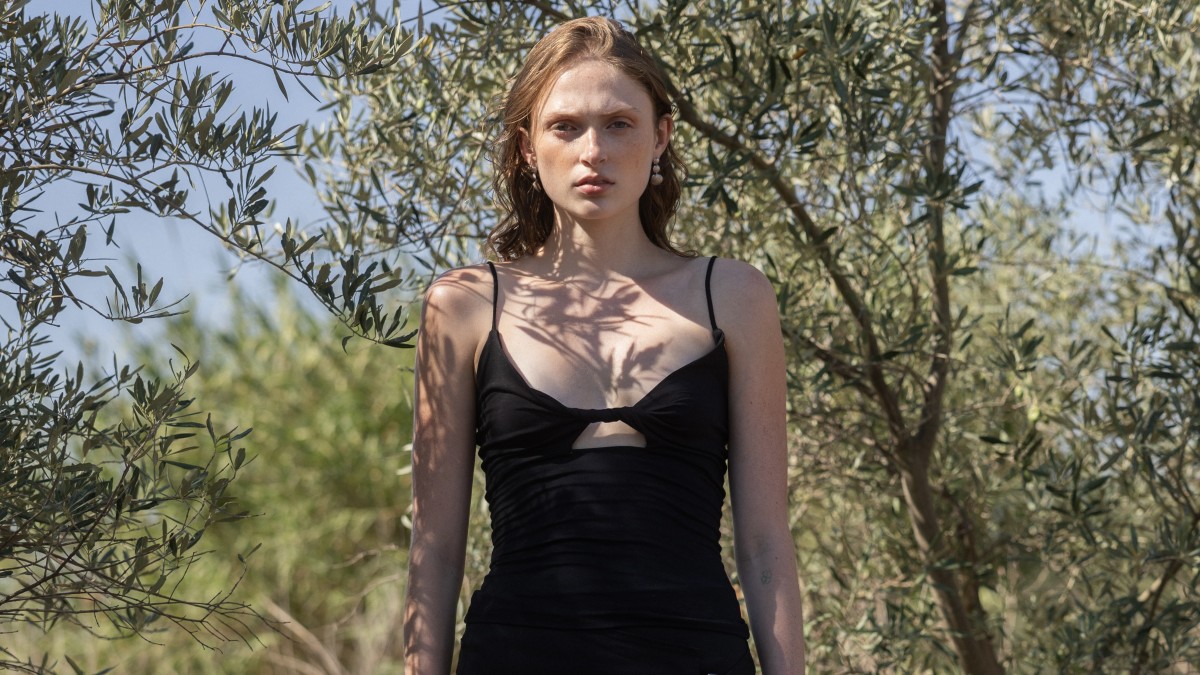











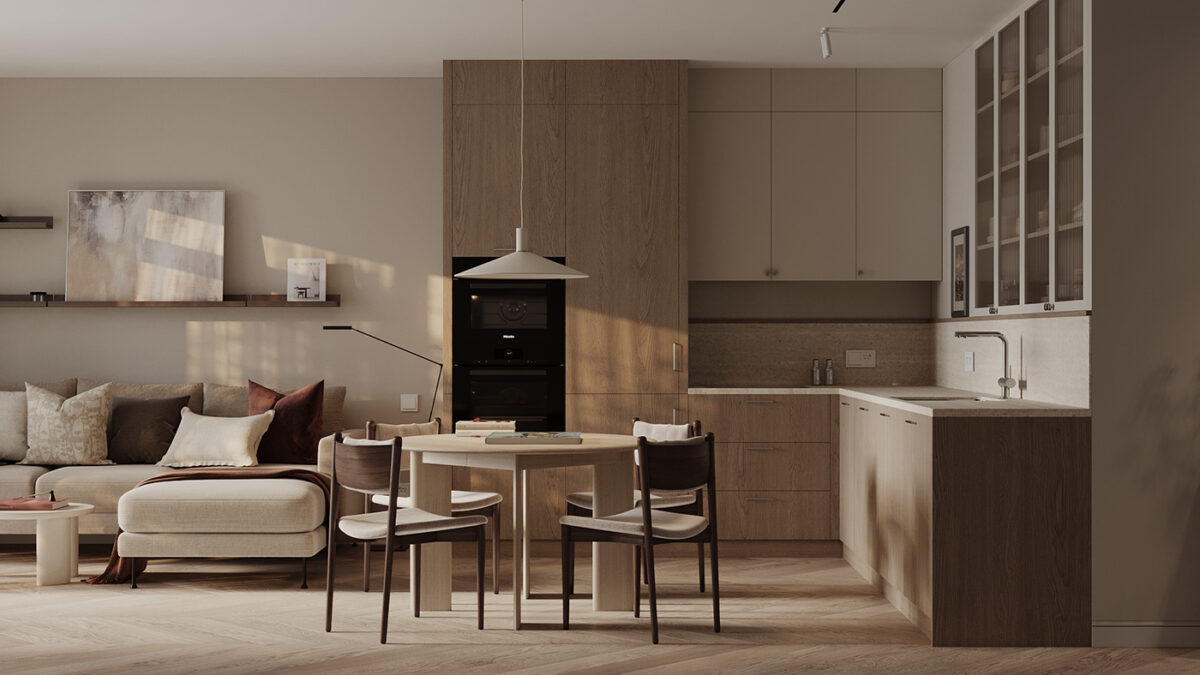




![[Podcast] Unlocking Innovation: How Play & Creativity Drive Success with Melissa Dinwiddie](https://justcreative.com/wp-content/uploads/2025/04/melissa-dinwiddie-youtube.png)



